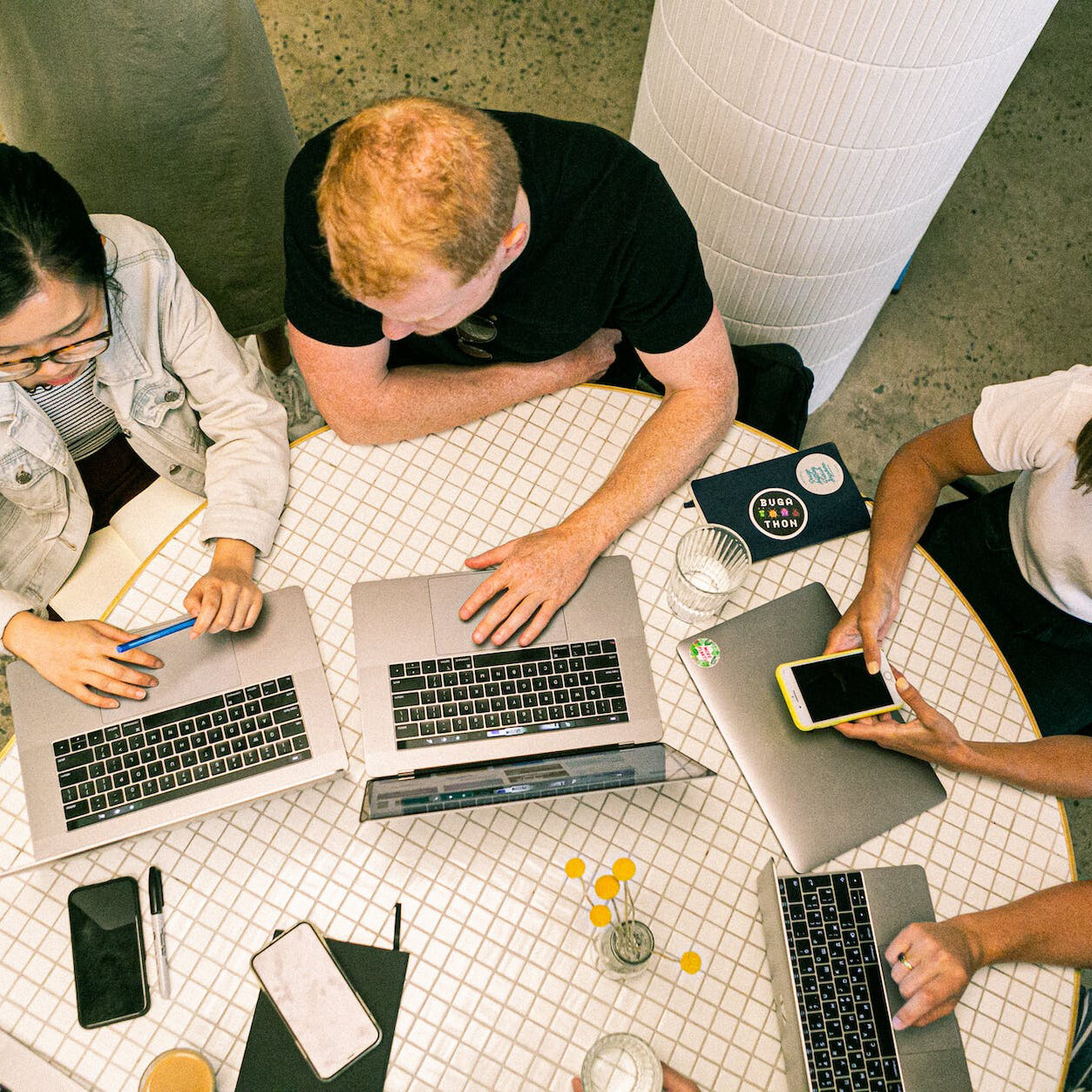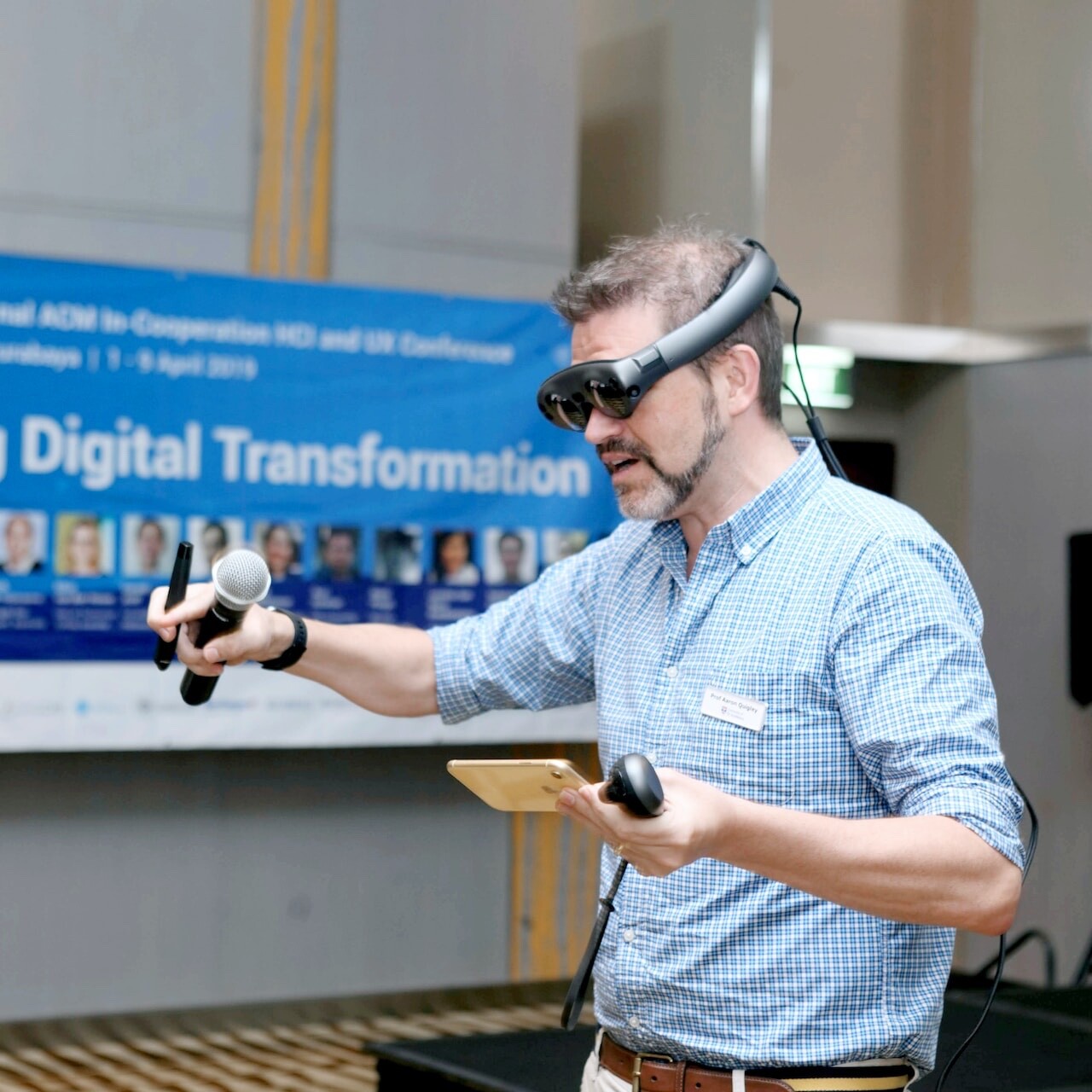UX/UI: More Than Meets The Eye
It’s funny to think that just over 20 years ago pagers were the popular means of mobile communication. They were such a simple technology compared to the smartphones and tablets we have today, not to mention the wearable sensor devices like Google Glass, fitbit, and smart watches that are becoming the next big thing now. Technology is quickly advancing into the realm of what we thought was only futuristic science fiction. With all these new devices comes new challenges and considerations for creative agencies to think about.
User interface designs are entering an entirely new realm of possibilities. Voice commands, spatial interaction methods, and gesture interaction methods are becoming more reliable technologies and have already begun to be integrated into the latest devices.

Voice commands are allowing for visual free and hand free interaction for internet searches and phone calls on mobile devices. Phones such as the MotoX are allowing users to even text or call from across entire rooms by using only their voice. As voice recognition systems become better and better, more shortcuts and faster communications are going to follow.
Spatial interaction methods are being used currently in user interface design for virtual environments within video games and training simulations. These methods can be applied to the concept of augmented reality. An example of this is currently being used in some smart phones, GPS tracking lets your phone know what area you are in and alerts you to take shelter if a severe storm is coming. The possibilities for the application of this are astounding!
Gesture interaction methods have already begun to be integrated into mobile devices as an easier shortcut to open applications, such as getting to your smart phones camera faster. The ability of a smart phone to adjust its screen when turned sideways is also an example of this. Gesture interaction methods will surely continue to be a part of creative solutions in the future.
All of these creative functions have the ability to reshape the future of how we interact with all of our technology. We are not limited to designing navigation solely on the screen anymore. We have to start to think beyond just visual design and keep moving forward towards the optimal experience.
Related Articles
Select the Right Agency for Your Brand
February 17, 2024
Empathy or No Empathy: The Dual Roles in UX Design
June 11, 2023



